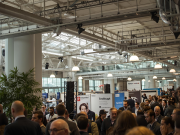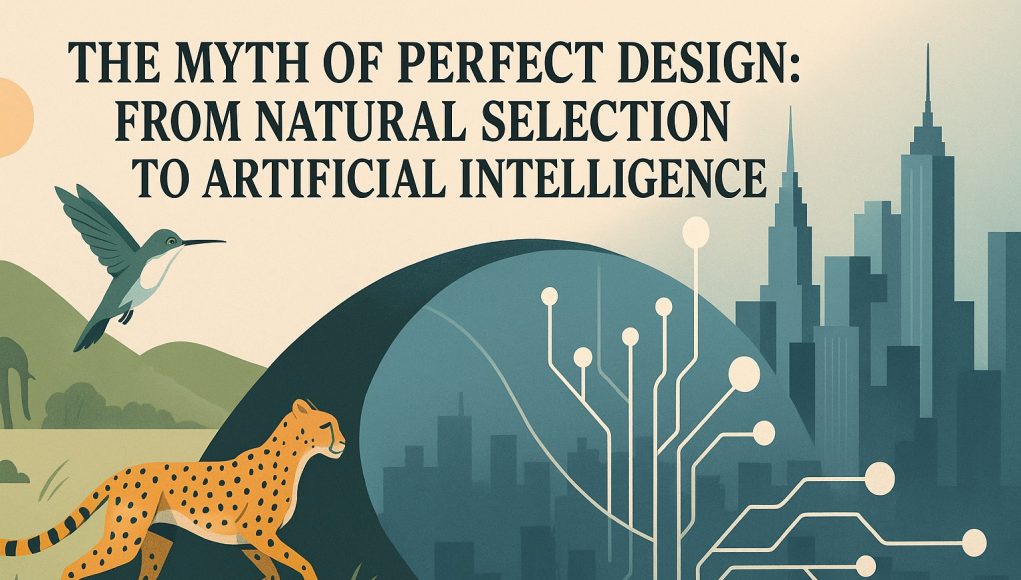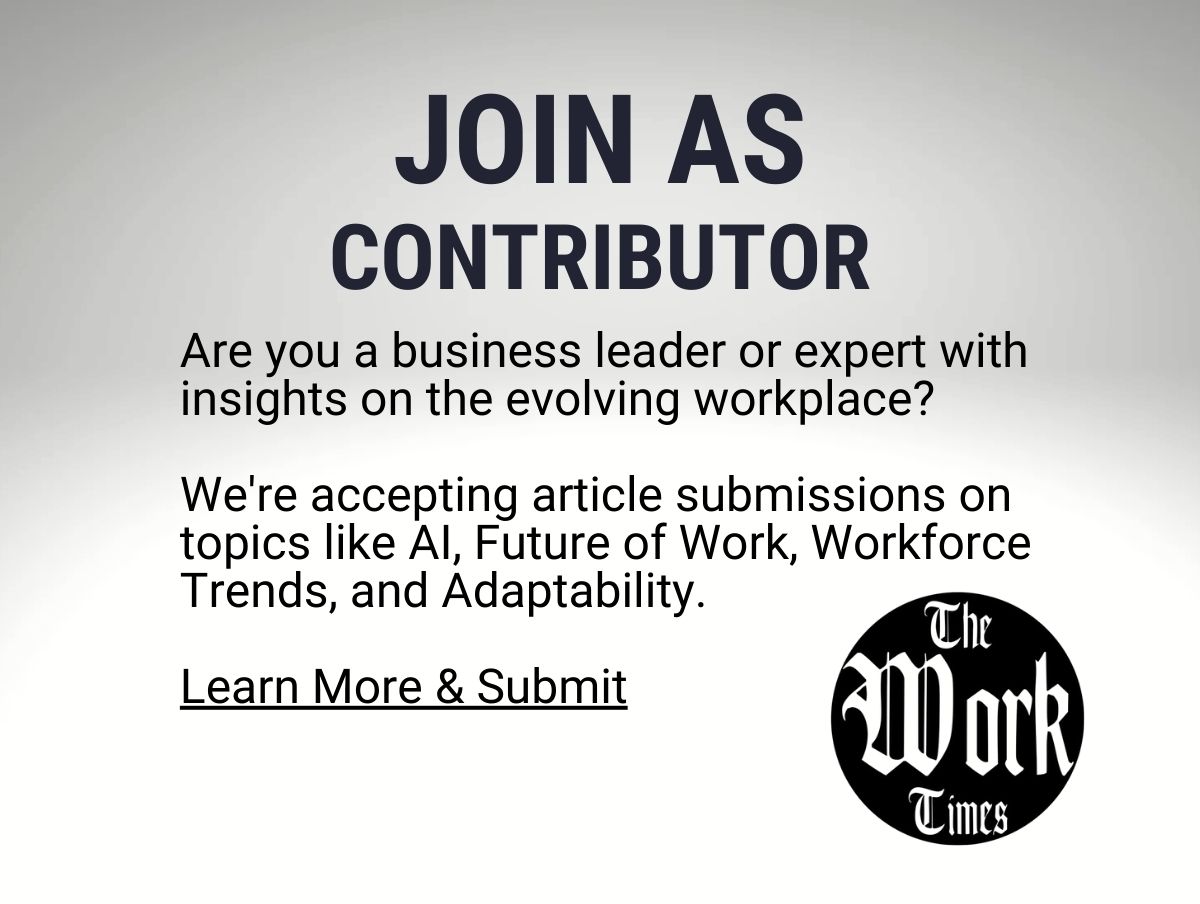Billions of years before we debated Artificial General Intelligence on podcasts and policy panels, nature was already running the ultimate R&D lab. Evolution, armed with nothing but mutations and time, tested every possible design — feathers and fins, claws and cortex — in a relentless search for “better.” And yet, the story of life is not one of perfection, but of compromise. Every species that survives today is perched on a precarious trade-off: hummingbirds trade efficiency for agility, cheetahs trade strength for speed, humans trade calories for cognition. In optimization language, this is the Pareto front — a reminder that improvement in one dimension almost always means sacrifice in another. This two-part series explores that idea. First dives into how the Pareto front shaped the natural world, teaching us why diversity and trade-offs are the real secret to survival. Next turns the lens toward our own creations, asking what lessons evolution holds for our quest to build AGI — and why the No Free Lunch theorem warns us against imagining a perfect, all-purpose intelligence.
Nature’s Playbook: How the Pareto Front Shapes Evolution
There’s a popular saying in engineering: “Fast, cheap, good — pick two.” Nature has been running a version of that game for billions of years, except her categories are stranger: fast, strong, smart, camouflaged, fertile, energy-efficient, cooperative. Pick two, maybe three if you’re lucky — but never all.
That invisible hand of trade-offs, in mathematical terms, is called the Pareto front. It’s where life lives — literally.
The Hummingbird’s Metabolic Gamble
Consider the hummingbird, that tiny, over-caffeinated blur that beats its wings 50 times a second. Evolution pushed it to one end of the Pareto front: dazzling agility and speed. But here’s the catch — to stay alive, a hummingbird must eat its own body weight in nectar daily. Miss a meal, and it risks starving to death overnight.
It’s nature’s fine print: Sure, you can be a flying jewel. But you’ll also live like a workaholic on five espressos a day.
The hummingbird thrives not because it’s perfect, but because evolution nudged it into a niche where its extreme trade-offs work.
The Cheetah’s Paradox
Now, let’s visit the savannah. The cheetah is the land speed record holder, capable of hitting 60 miles per hour in seconds. But sprinting that fast makes it fragile: weak jaws compared to lions, limited stamina, and a high failure rate in hunts. A cheetah that misses its first strike often goes hungry.
Why didn’t evolution “fix” this by making cheetahs both fast and strong? Because trade-offs are merciless. Muscles optimized for explosive speed don’t double as bone-crushing tools. To be a sprinter is to not be a brawler.
The cheetah is not the “best predator” — it’s just sitting at one corner of the Pareto front.
Brains Come at a Cost
And then there’s us. Homo sapiens. We like to imagine ourselves as evolution’s grand prize. But our oversized brains are ridiculously expensive.
The human brain makes up 2% of our body weight but consumes 20% of our energy at rest. If we were hybrid cars, our brain would be that one feature-draining battery before you even turn on the A/C.
Compare us to crocodiles, who haven’t changed much in 200 million years. Tiny brains, minimal upkeep, astonishing survivability. They don’t write poetry, but they also don’t worry about climate change conferences. Again, different spots on the Pareto front.
The Pareto Front: Nature’s Unseen Hand
So what exactly is the Pareto front? It’s the frontier of trade-offs. In optimization theory, a solution is on the Pareto front if you can’t improve one trait without worsening another.
Nature doesn’t hand out free upgrades. Bigger brains? Sure, but enjoy childbirth complications. Sharper claws? Great, but slower running speed. Better eyesight? Lovely, but say goodbye to energy efficiency.
Every species alive today — from the humble earthworm to the soaring eagle — is a Pareto-optimal compromise.
The No Free Lunch in Evolution
This brings us to a deeper truth: the No Free Lunch theorem. In optimization, it tells us that no single algorithm is best at solving every problem. Translated to biology: no single design is best across all environments.
- Rabbits bet on speed of reproduction (quantity over quality).
- Elephants bet on social bonds and long-term care (quality over quantity).
- Humans bet on cooperation and intelligence — with all the vulnerabilities that come with it.
No species “wins” universally. They only “fit” locally.
Takeaway: Balance, Not Perfection
Evolution never produced a perfect organism. Instead, it created a diversity of species, each occupying a different trade-off sweet spot. Life thrives because of this balance, not in spite of it.
The hummingbird is not less successful than the crocodile, and the cheetah is not a failure compared to the lion. They are simply different points along the Pareto front of survival.
And if billions of years of natural experiments never yielded a free lunch, perhaps we should pause before assuming perfection is possible — in life, or in intelligence.
AGI and the Myth of the Perfect Mind: Lessons from Nature’s Trade-offs
In the mid-20th century, Alan Turing asked a deceptively simple question: “Can machines think?”
Seventy years later, we’ve upgraded the question to something grander: “Can machines think like us — or better, can they think like everything?”
Enter Artificial General Intelligence (AGI) — the holy grail, the philosopher’s stone of computer science. It’s the dream of building a mind that can learn, adapt, and reason across domains, just as humans do (minus the tendency to binge-watch Netflix).
But here’s the problem: if billions of years of evolution couldn’t create a universally perfect intelligence, why do we assume we can engineer one in a couple of decades?
No Free Lunch, Now Served in Silicon
The No Free Lunch theorem in optimization states: no algorithm is universally better than others across all problems.
Translated: there is no perfect solver. Every method, every architecture, every brain has strengths in some contexts and weaknesses in others.
Nature learned this the hard way. Dolphins are superb at communication, octopuses excel at problem-solving, ants achieve breathtaking collective intelligence — yet none became the “general” intelligence winner.
Instead, nature produced a diversity of minds, each brilliant in its niche.
Why AGI Isn’t Just One Big Brain
When people imagine AGI, they often imagine a “super-brain” — an all-seeing, all-knowing intelligence that can out-think humans at everything.
But intelligence isn’t a single knob you crank to 11. It’s a Pareto front of trade-offs, just like in evolution:
- Speed vs. Accuracy: Do we want an AGI that answers instantly, or one that double-checks like a cautious scientist?
- Adaptability vs. Stability: Should it shift strategies quickly like a startup, or stick to proven methods like a government agency?
- Creativity vs. Safety: Do we encourage wild innovation, or carefully fenced reasoning?
Push too far on one axis, and you pay the price somewhere else. An AGI optimized for raw speed might hallucinate dangerously. One optimized for caution may grind to a halt.
Lessons from Nature’s Minds
Let’s look again at the natural experiment:
- Dolphins: Advanced social communication, but can’t build fire.
- Octopuses: Puzzle-solving escape artists, but live short, solitary lives.
- Ants & Bees: Stunning collective intelligence, but no individual generality.
- Humans: Language, abstraction, cooperation — but fragile, slow, and dependent on community.
Each is intelligent, but none is universally optimal.
If AGI follows the same rules, then our “general” intelligence will not be a singular mind. It will be an ecosystem of trade-offs, just like the biosphere.
The Recklessness of Imagining Perfection
It’s tempting to imagine AGI as a magical free lunch: a machine that will solve climate change, cure disease, write poetry, and run your calendar without complaint.
But the Pareto front — and the No Free Lunch theorem — warn us otherwise. Intelligence is not universal. It is contextual. A machine brilliant at protein folding may not be brilliant at diplomacy. A system optimized for creativity may not be optimized for ethics.
Nature tells us: beware of chasing perfection. Every edge comes with a cost.
Choosing Our Pareto Front
The real question is not whether AGI will exist, but what kind of AGI we want.
- Do we value empathy over speed?
- Safety over raw capability?
- Collective cooperation over solitary genius?
Evolution didn’t “decide” these trade-offs. They emerged from survival pressures. But we — for the first time — get to consciously choose.
That choice might be our most important design decision of the century.
Conclusion: Smarter, Not Perfect
AGI will not be the perfect mind. It will be a balancing act, a compromise, a place on the Pareto front of intelligence. Just like every species, it will excel in some areas and stumble in others.
The lesson from nature is not that general intelligence is impossible, but that it is never free. There will always be trade-offs, always costs, always choices.
And perhaps that’s the most human part of the journey: not creating flawless machines, but creating wise ones.
As Turing himself said, “Instead of trying to produce a program to simulate the adult mind, why not rather try to produce one which simulates the child’s?”
Children, after all, are not perfect minds. They are growing, adapting, balancing. Maybe AGI, like us, should learn to live not above the Pareto front, but on it.
In the end, both nature and mathematics whisper the same truth: there is no free lunch. The hummingbird pays for its agility with hunger, the cheetah pays for its speed with fragility, and we humans pay for our oversized brains with sleepless nights and tax season. Why should AGI be any different? The quest for a perfect, universal intelligence is less a straight path to glory than a careful walk along the Pareto front, where every step forward comes with a trade-off. Our task is not to outwit billions of years of evolution, but to learn from it — to choose the kind of intelligence we want to nurture, with eyes wide open to the costs. If we get it right, AGI will not be the flawless genius we often imagine, but something far more valuable: a partner shaped by wisdom, balance, and humility. And perhaps that is the only “general” intelligence worth striving for.


























